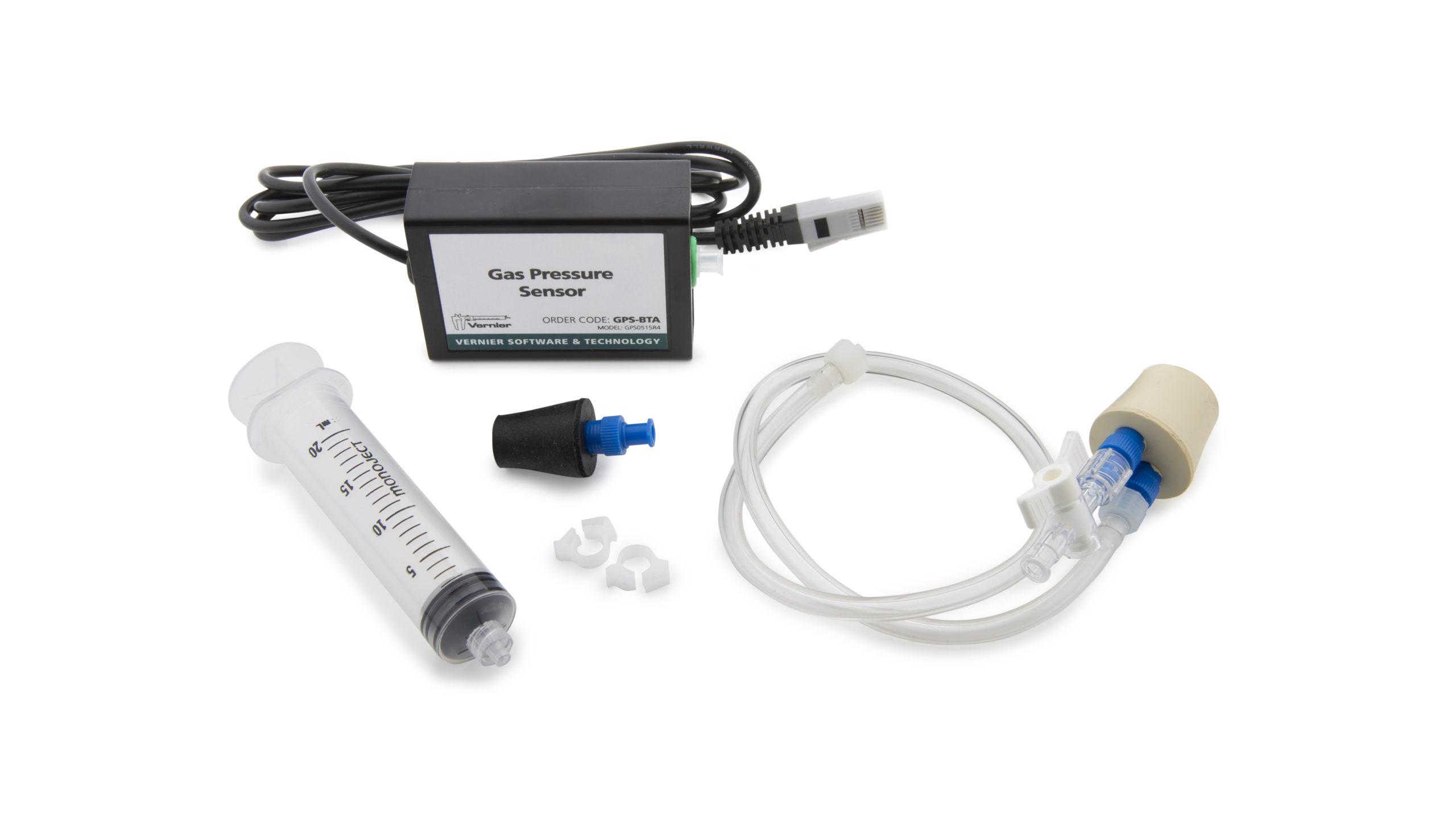The Effect of Acid Rain on a Marble Structure
Experiment #10 from Vernier Chemistry Investigations for Use with AP* Chemistry
- Education Level
- High School
- Subject
- Chemistry
Introduction
Acid rain, and its negative impacts, have been an important topic in environmental science for many years. The U.S. Environmental Protection Agency (EPA) has defined acid rain as a term that refers to a mixture of dry and wet material containing higher than normal amounts of sulfuric and nitric acids that deposits out of the atmosphere. A combination of natural events, such as volcanic activity and decaying vegetation, and man-made phenomena, such as the combustion of fossil fuels, contributes to the formation of acid rain by emitting gases such as sulfur dioxide (SO2) and oxides of nitrogen (NOx). These gases react with atmospheric water, oxygen, and other gaseous substances, which eventually produces sulfuric and nitric acid. The impact of acid rain can be widespread, sometimes stretching over a hundred miles from the source of the emitted gases.
Over time, statues made of marble will suffer ill effects from exposure to acid rain.
Objectives
The objectives in this investigation are (1) to demonstrate and measure the effect of acid rain on exposed stone surfaces, and (2) to calculate the rate of acid degradation of limestone.
Sensors and Equipment
This experiment features the following sensors and equipment. Additional equipment may be required.
Option 1

Option 2

Ready to Experiment?
Ask an Expert
Get answers to your questions about how to teach this experiment with our support team.
- Call toll-free: 888-837-6437
- Chat with Us
- Email support@vernier.com
Purchase the Lab Book
This experiment is #10 of Vernier Chemistry Investigations for Use with AP* Chemistry. The experiment in the book includes student instructions as well as instructor information for set up, helpful hints, and sample graphs and data.

